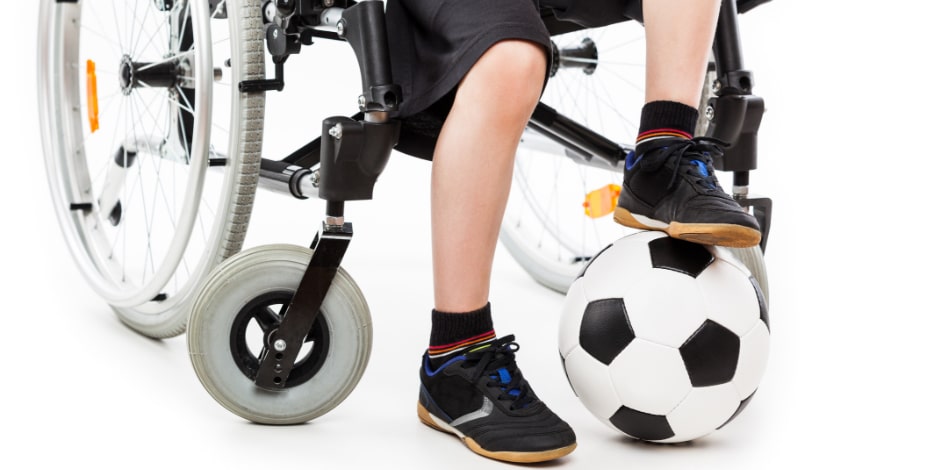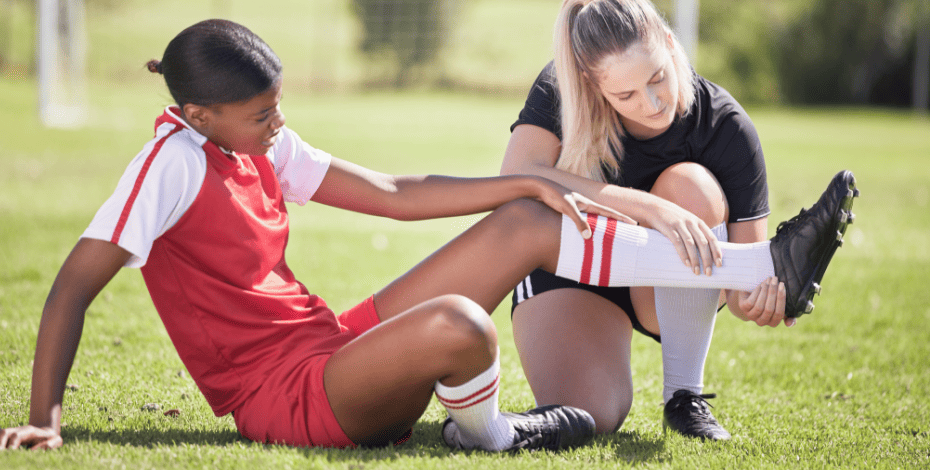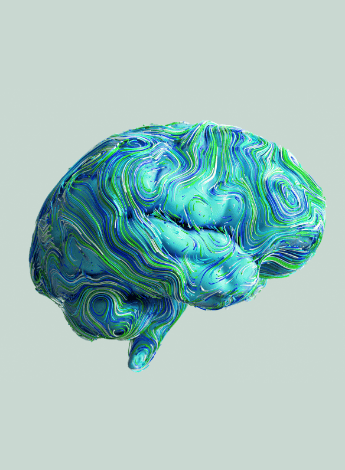
Getting people with a disability active through sport

Louise Daniels and Rachel Toovey discuss the creation of therapy programs to help patients with disabilities be more active and involved in sports participation.
The benefits of physical activity are well known, yet societal barriers exist, meaning many people with disability do not achieve the World Health Organization’s recommended guideline levels of physical activity. Sports participation provides social benefits such as friendship, a sense of community and inclusion as well as physical benefits such as development and improvement of motor skills. However, in general, people with a disability tend to have less diversity and intensity in the sporting activities they choose (Imms et al 2016).
Physiotherapists working with people with a disability are in an ideal position to support their clients to participate in sporting and physical activities. Research into therapy to improve participation shows that it needs to be multi-faceted with multiple strategies, delivered in context and goal-directed (Anaby et al 2018, Reedman et al 2017, Willis et al 2017). Physiotherapists must think outside the box to develop strategies to support their clients at a therapy, community and even competition level.
Participation in a sporting activity for people with a disability involves many interconnected factors; understanding this complexity is important for the development of the therapy strategy. As a result of a systematic review to better understand the many influences on a person’s participation in an activity, Imms et al (2016) developed a conceptual model known as ‘The Family of Participation Constructs’. It includes personal factors such as activity preference, sense of self and activity competence. There are also the environmental and contextual factors including family support, accessibility of the built or natural environment, and the demands of the sport or activity.
The barriers and facilitators of participation have been well outlined by Shields and Synott (2016). Collaborative goal setting of individualised goals with the client and family forms the basis of a successful participation-focused therapy program. It allows the therapist to understand what participation in a sporting activity looks like for the client and family to create an individualised intervention. The Canadian Occupational Performance Model and Goal Attainment Scale are personalised goal-setting models, which have been shown to be easy to administer and assess (Anaby 2017). In particular, goal setting that involve a coaching approach and motivational interviewing have been shown to be successful (Lauruschkus 2017).
If related to the client’s goals, a therapy program may involve skill-specific training in either group or one-on-one settings. Skill-specific, targeted training led by physiotherapists focused on bike riding and running has shown promising outcomes for goal attainment and skill development in children with neuromotor disabilities (Gibson et al 2018, Toovey 2016). This improvement also enabled participation in the community and with family, across the sports, which appears to have continued beyond the intervention period.
'Physiotherapists can support their clients by addressing barriers and optimising facilitators within the environment to enable participation.'
Physiotherapists can support their clients by addressing barriers and optimising facilitators within the environment to enable participation. Programs such as Pathways and Resources for Engagement and Participation Intervention, as developed by Dr Dana Anaby from McGill University, and CanChild in Canada, focus on changing the environment to support participation. This has shown positive and sustained results in improving participation for adolescents with physical disability in community activities (Anaby et al 2018).
Physiotherapists are well placed to introduce new sports and equipment that may be required. An example is RaceRunning, which uses a frame with three wheelchair-style wheels that provides support and enables people with impaired mobility and balance to run. RaceRunning is designed for an athletics track or similar sealed surface and was recognised as a Paralympic sport in 2017. The first RaceRunning arrived in Australia in 2018, and has been seen used in fun runs, athletics events and schools.
There are a range of resource online with information about inclusive sports and educational information for organisations wanting to be more inclusive including AAA play, Allplay, Disability Sport and Recreation, and Disability Sports Australia (or state sister organisation). State and local sport organisations can also be a good resource for information. The Australian Sports Commission’s inclusion wheel provides a great overview of ideas and options for inclusion in a variety of sporting activities. Having a good understanding of resources and activities in the local area that are relevant for clients and families is essential to support participation.
For many people, the main goal of sports participation is having fun with friends, with the bonus of improving physical fitness, health and wellbeing. However, some people may like to progress to competitive- level sport. Classification is the process of grouping athletes who have similar impairments into classes in their particular sport to create a fair competition. For all sports, people with a disability can participate and compete at their local community level without a classification. To progress to a higher level of competition in para-sport, athletes need to be classified.
Classification aims to minimise the impact of the athlete’s disability on the outcome of competition. The fastest, strongest or best athlete in each class will succeed in their sport. Each sport has different classification systems and different eligibility criteria. The process of classification involves assessment by two to three qualified classifiers. It involves a health and physical assessment as well as looking at sport-specific skills.
The physiotherapist’s role in classification is first to educate clients about this option. For younger athletes, the first option to compete in a classified sport such as athletics and swimming, at the school-sports level. The Paralympics Australia website (paralympic.org.au) has information about all the sporting options for para-sports. Para-sports have classification related to physical disability, vision impairment or intellectual disability. Other high-level competitions for athletes with a disability include Deaflympics, Special Olympics, Transplant Games and Invictus Games.
Experienced physiotherapists are eligible to be medical classifiers if they have an interest and skills in a particular sport. Becoming a classifier requires sport-specific experience and knowledge as well as additional training. Paralympics Australia and relevant national sporting organisations provide training and register all classifiers. Classifiers work as volunteers at a state, national and international level. Their role is to assess an athlete’s impairment to determine their sport class and sport class status according to the international classification rules for their sport.
In our experience, seeing people with a disability having fun participating in a sporting activity while gaining skills and improving their physical fitness is one of the best parts of our jobs. Early next year, the APA Disability group and Paediatric group in Victoria will present a half-day workshop entitled ‘Pathways for sports participation: therapy, community and competition’. The workshop will include discussion of practical aspects such as funding, community opportunities and school support. Visit australian.physio/pd for more details.
Louise Daniels, APAM, is a physiotherapist at Kids Plus Foundation, a community- based therapy organisation in regional Victoria. Louise started the Kids Plus sports program, which aims to improve physical activity levels and participation in sport for children with neuro disability.
Rachel Toovey, APAM, is a physiotherapist and lecturer with the Physiotherapy Department, University of Melbourne. Rachel’s PhD developed and tested a cycling program for children with cerebral palsy. Rachel has several years of clinical experience in paediatric rehabilitation and is a national classifier for para-cycling.
For references email inmotion@australian.physio.
© Copyright 2025 by Australian Physiotherapy Association. All rights reserved.





